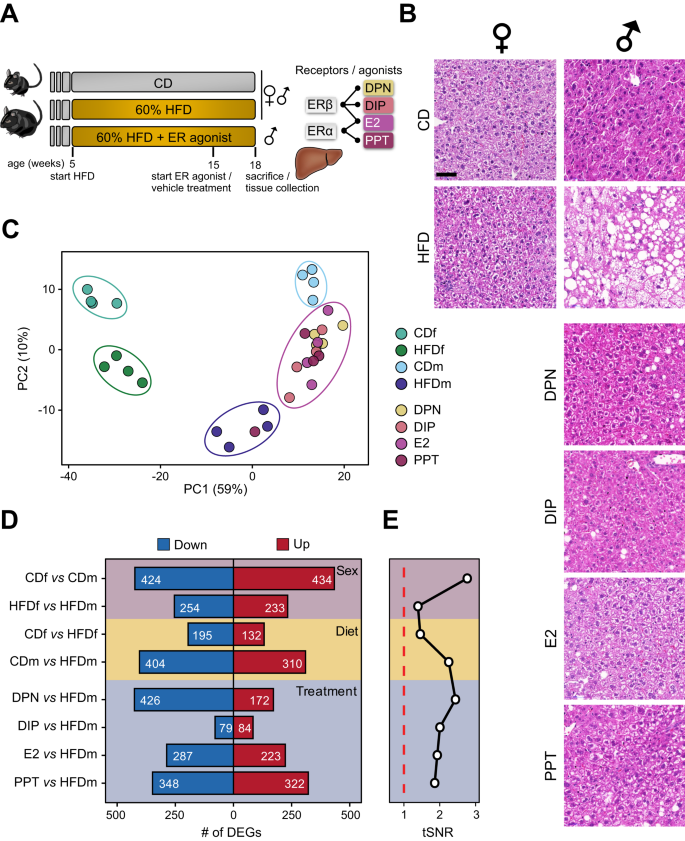2024-03-08 カロリンスカ研究所(KI)
<関連情報>
- https://news.ki.se/mobile-phone-users-who-talk-for-a-long-time-do-not-have-an-increased-risk-of-brain-tumours
- https://www.sciencedirect.com/science/article/pii/S0160412024001387
携帯電話の使用と脳腫瘍リスク-前向きコホート研究COSMOS Mobile phone use and brain tumour risk – COSMOS, a prospective cohort study
Maria Feychting, Joachim Schüz, Mireille B. Toledano, Roel Vermeulen, Anssi Auvinenj, Aslak Harbo Poulsen, Isabelle Deltour, Rachel B. Smith, Joel Heller, Hans Kromhout, Anke Huss, Christoffer Johansen, Giorgio Tettamanti, Paul Elliott
Environment International Available online:2 March 2024
DOI:https://doi.org/10.1016/j.envint.2024.108552
Highlights
•COSMOS is a multi-national prospective cohort study of mobile phone use and health.
•Earlier epidemiologic studies are limited by recall bias or crude exposure assessment.
•COSMOS includes over 250 000 participants, a large proportion are long-term users.
•We found no evidence of increased risk of glioma, meningioma or acoustic neuroma.
•Suggests that amount of mobile phone use is not associated with brain tumour risk.
Abstract
Background
Each new generation of mobile phone technology has triggered discussions about potential carcinogenicity from exposure to radiofrequency electromagnetic fields (RF-EMF). Available evidence has been insufficient to conclude about long-term and heavy mobile phone use, limited by differential recall and selection bias, or crude exposure assessment. The Cohort Study on Mobile Phones and Health (COSMOS) was specifically designed to overcome these shortcomings.
Methods
We recruited participants in Denmark, Finland, the Netherlands, Sweden, and the UK 2007–2012. The baseline questionnaire assessed lifetime history of mobile phone use. Participants were followed through population-based cancer registers to identify glioma, meningioma, and acoustic neuroma cases during follow-up. Non-differential exposure misclassification was reduced by adjusting estimates of mobile phone call-time through regression calibration methods based on self-reported data and objective operator-recorded information at baseline. Hazard ratios (HR) and 95% confidence intervals (CI) for glioma, meningioma, and acoustic neuroma in relation to lifetime history of mobile phone use were estimated with Cox regression models with attained age as the underlying time-scale, adjusted for country, sex, educational level, and marital status.
Results
264,574 participants accrued 1,836,479 person-years. During a median follow-up of 7.12 years, 149 glioma, 89 meningioma, and 29 incident cases of acoustic neuroma were diagnosed. The adjusted HR per 100 regression-calibrated cumulative hours of mobile phone call-time was 1.00 (95 % CI 0.98–1.02) for glioma, 1.01 (95 % CI 0.96–1.06) for meningioma, and 1.02 (95 % CI 0.99–1.06) for acoustic neuroma. For glioma, the HR for ≥ 1908 regression-calibrated cumulative hours (90th percentile cut-point) was 1.07 (95 % CI 0.62–1.86). Over 15 years of mobile phone use was not associated with an increased tumour risk; for glioma the HR was 0.97 (95 % CI 0.62–1.52).
Conclusions
Our findings suggest that the cumulative amount of mobile phone use is not associated with the risk of developing glioma, meningioma, or acoustic neuroma.



